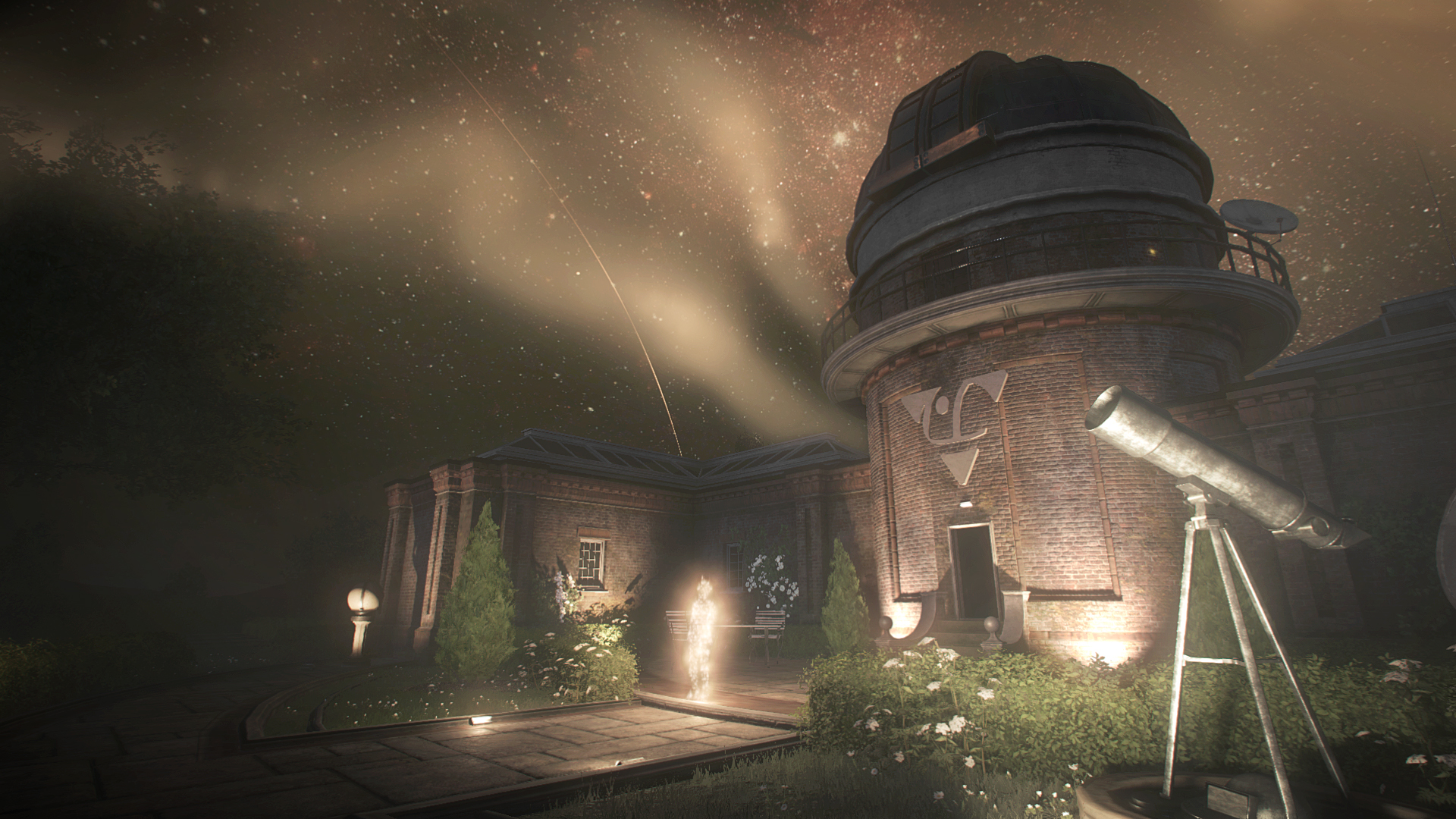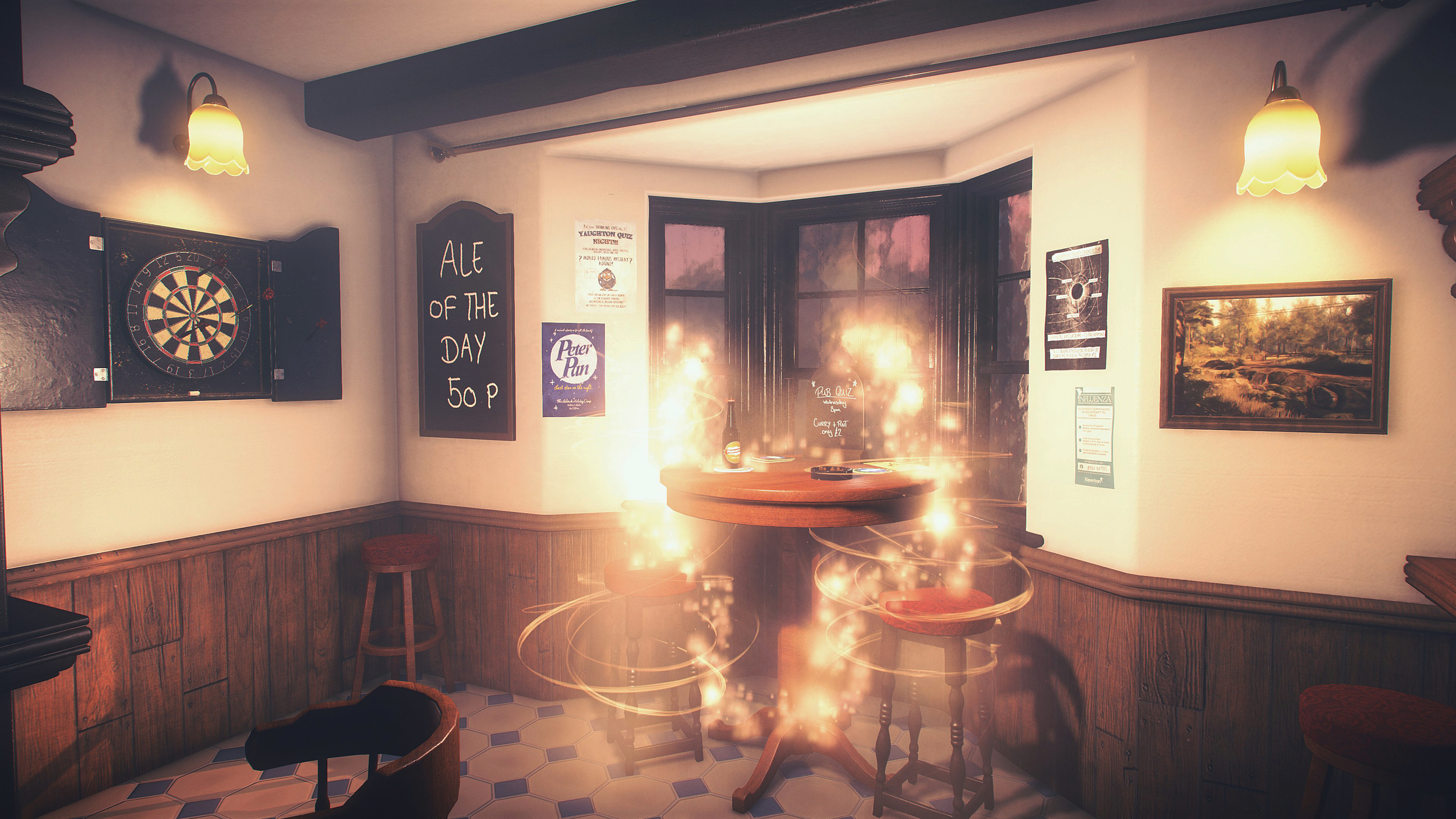Hogwarts Legacy

The chance to work on a new game, set in the world of Harry Potter came up and I jumped at the opportunity. Creating magic VFX are often some of the more creative effects to work on and there was massive scope and possibility.
It is a massive project, that allowed me to work on so many areas of the game and over the course of the project I learned a massive amount.
Mentoring
I had the pleasure to mentor another effects artist over the duration of the project, which I really enjoyed and found fulfilling. Its great to see someone improve over time and see their confidence grow. Its also a privilege to help someone who is keen and responsive to feedback. We spoke day to day, pushed the quality we were producing and always focused on driving forward quality while keeping our effects performant.
Master material workflows
At a high level, I started off building master materials and setting up specific workflows to carry through Hogwarts Legacy. Having robust master materials allowed us to use similar materials for many different effects in the game, in turn allowed easy updating, optimisation and consistency in effects across the project.
Niagara
We started on Cascade, and later moved to Niagara for our particle system work, giving me a really good grounding in developing effects, modules and workflows in Niagara.
I also did a lot of Blueprint work, developing systems, prototyping and working with others to get the systems we needed for controlling our effects.
Houdini
Effects
I wanted to focus mainly on using Houdini for any authoring of content, to push my understanding of the package further and develop new workflows.
This included a range of flipbook textures including using pyro to create smoke and using flip fluids to create water splashes. I baked out Vertex Animated meshes for birds and other background effects and used houdini general mesh creation for many assets. I did vellum simulations to generates decal sets for footsteps. I also generated vector fields for particle movement, I used the Houdini Niagara plug-in for initializing the first frame of particle effects and used it to create any other data that I thought necessary for the task at hand.
It really is a robust piece of software that allows you to do what you want without many limitations.
Houdini Systems
Due to the fact I know Houdini, I was also involved in creating tools for automatic rigging of foliage for pivot painting, landscape sculpting, flow map generation, setting up feather movement on creatures, procedural tools for rock creation and many other systems to streamline various workflows.
Houdini Engine
I created some tools in Houdini Engine for in-engine asset creation. As an example, a tool I created was used for generating meshes for waterfalls, as seen in the above video. I wanted to design a fast and smooth workflow that gave control and flexibility to the user to create whatever waterfall they wanted.
Shaders
I worked on many proprietary shaders for specific effects on creatures or characters, for distorting them or for transforming them with spells and potions.
Fog & Clouds
I spent a lot of time working on a volumetric fog shader for the project that ended up being deployed across the entire map of the world and was driven by a heightmap of the terrain as well as time of day and weather. I also worked on authoring of clouds for the project, feeding back to the programmers developing the system and balancing the clouds for different weather conditions.
Debugging
I worked with the rendertech team a lot to debug rendering changes made to the project due to rewriting of the lighting model. I was mainly looking at issues related to translucent and volume lighting models, as well as cloud rendering.
Demoreel Breakdown & Notes
Here is a list of the effects I worked on, shown in the demoreel video.
Hippogriff Mount effects
I created vertex shaders to collapse or expand the creature from a bag, either for capturing them or for spawning them into the world to ride them.
All bag effects, including blueprint setup.
Created Houdini tools and a material functions for the movement of feathers on the Hippogriff whilst flying. This got modulated by the wind and the velocity of the creature.
Hippogriff flying speed effects & feather movement
When riding creatures we wanted it to feel fast and visceral so I setup post process effects to add motion blur and streaks around the edge of the camera.
I also built the Blueprint setup for controlling the post-process effects
Graphorn mount, charge and dismount
Along with the mount effects, there was also effects for individual creatures like the charging graphorn. I create glow shaders on the character mesh and effects around the horns, along with rebalancing the post-process effects.
Creature Capture
Created blueprints for collapsing the different creatures into the bag, depending on size and distance from the camera, as well as the actual shader work for collapsing the creature.
Potion station effects
Created smoke and sparks for cauldrons as well as appearance and disappearance effects
Potions Edurus, Focus, Invisibility, Maxima and Thunderbrew
Potion brewing and the potion effects on the character once you drank them. These were mainly material functions that would apply additional layers to the characters base shaders along with a few effects around the areas that were affected.
Hooked up all the effects into custom blueprint setups.
Sanctuary Reveal
Worked on dust effects for objects taking off, along with flying book effect.
Identification Station Effects
All effects for identification station
Coastal Reveal
All effects for coastal reveal
Forest Reveal
All effects for forest reveal
Conjuration, Transformation, Ghost asset, Evanesco
I worked on effects for conjuring, transforming and vanishing furniture and walls in a specific area of Hogwarts.
Ambient effects
I also spent a lot of time on ambient effects. We set these up so that they would be interactive and move out of the way of the player. These were distributed across a massive area of the map, so we built a Houdini system for automatically placing assets into the world based on a ruleset from the environment.
I also created volumes for attaching effects to the player position so that you could have pollen, butterflies, flies etc that would be placed inside large volumes and you would only be spawning one effect in the area.
Disillusionment
Waterfalls
Houdini engine asset for mesh generation
Shader
Weather - Rain
Authored weather parameters for all weather in Hogwarts Legacy, including snow.
Effects
Fog movement in rain.
Tree pivot painting for movement. All of the trees in the project already existed so I had to develop a Houdini system that could iterate through a trees structure and derive branch pivots and axis as well as leaf pivots.
Footsteps - sand, mud, dirt, snow puddles
Decals and impact effects for footsteps, as well as working on the system for spawning them. The decals were done by simulating the character running through different vellum grain/pbd simulations with different properties then baking the effect to textures and building a shader around them.
Fog
Timelapses - fog changes by TOD
Clouds
Authored the shapes and motion of the clouds
Drove the system for creating the cloudscape by feedback to the engineering team.
It was a fantastic project to work on, I learned so much over the course of the five years I worked on it and I’m so happy that i can share this demoreel with you!





